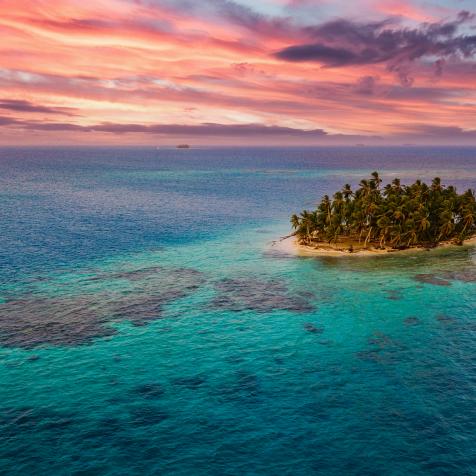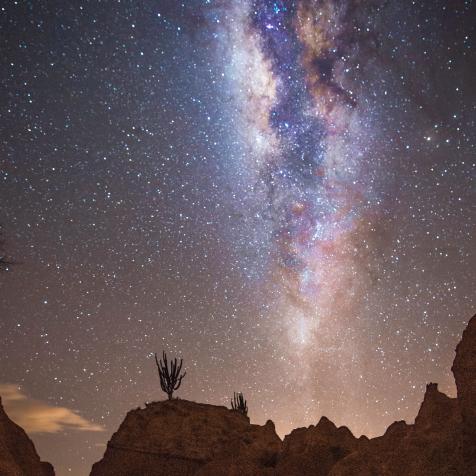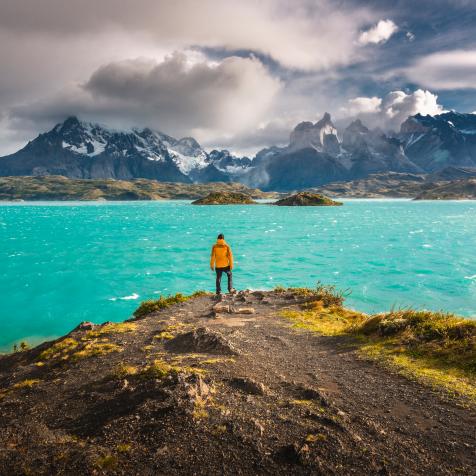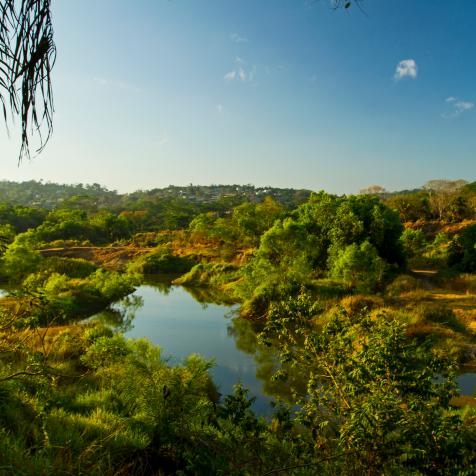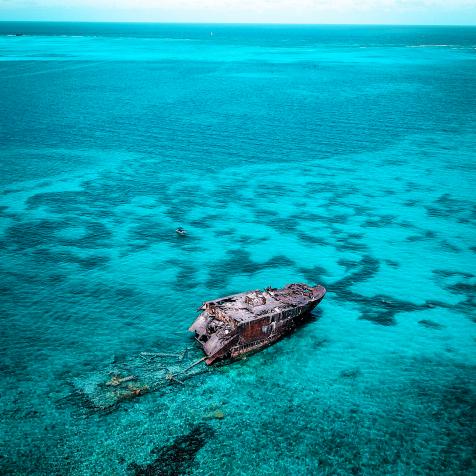
Kazuki Kimura / EyeEm
Salar de Uyuni is the World's Largest Natural Mirror
When you think about the most beautiful places in the world, you probably think of mountains or forests. Wait, your list didn't include any salt flats? Preposterous!
The Salar de Uyuni is the world's largest salt flat, and it's considered to be one of the most extreme and remarkable vistas in South America. In the immediate vicinity, you can find an antique train cemetery, a hotel made of salt, and enough lithium to power every device you'll ever own — but the flat itself is definitely enough to write home about.
Mirror, Mirror, On The Floor
Salar de Uyuni is located nearly 12,000 feet (3,658 meters) above sea level in Bolivia's southwest corner, alongside its border with Chile. Formed as a result of thousands of years of transformations among several prehistoric lakes, the flat is remarkably — well, flat, with an altitude that varies by no more than a few feet across the entire 4,086 square-mile (10,583 square-kilometer) expanse. Because of this, when nearby lakes overflow onto the flats during the rainy season (typically December to April), the flat transforms into a shallow "lake" up to 20 inches (51 centimeters) deep. This thin layer of water transforms the area into a stunning reflection of the sky.
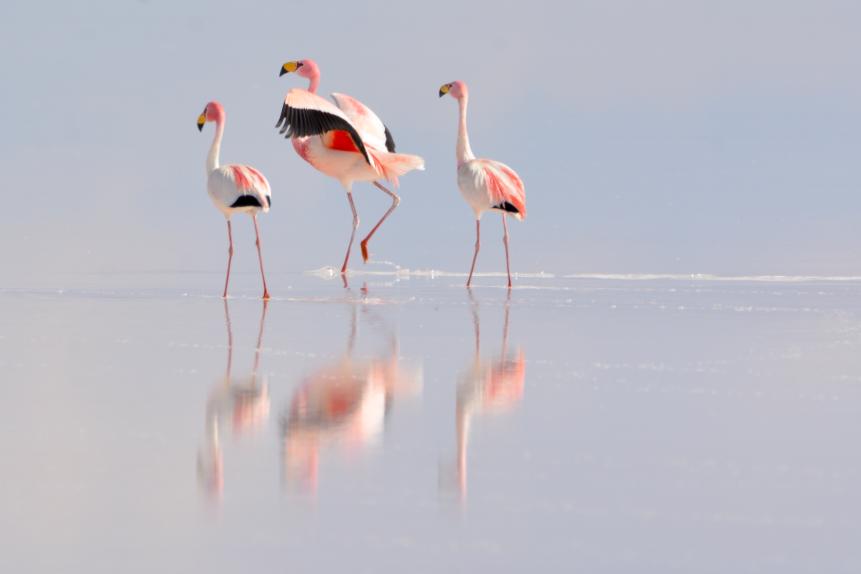
Photo taken by Leonardo Costa Farias
The feeling of "infinity" is beautiful, but whether wet or dry, Salar de Uyuni is a dreamland for photographers. The vast expanses and relative lack of landmarks lends itself to playing with perspective in a unique way. And don't worry if you aren't an expert photographer: there are plenty of photography tips specifically designed for getting that perfect Instagram photo during your visit.
A Salt And Battery
Salar de Uyuni isn't just a tourist destination: it also contains more than 9 million tons of lithium, according to the U.S. Geological Survey, or between 50 and 70 percent of the world's known lithium reserves. That's enough to power a lot of laptop batteries. And according to the European Space Agency, the large area, clear skies, and exceptional flatness of its surface makes Salar de Uyuni ideal for calibrating satellite radar altimeters, a kind of radar instrument that measures surface topography. Turns out the stunning views on the ground aren't the only thing about the flat that are out of this world.
Despite the dry conditions, freezing nighttime temperatures, and fierce desert sun, the Salar de Uyuni actually does sustain life, including pink flamingos and rare hummingbirds. The area also sustains something that isn't so alive: a railroad graveyard. Uyuni was once a distribution hub for trains carrying salt and miners to and from the flats, but after attacks by indigenous people in the area, the trains were abandoned. They sit in the sun on the outskirts of Uyuni and now look like a dystopian steampunk scene.
Know what you want before visiting. During the more popular dry season (May to November), the hardened ground allows travelers to drive across the landscape to places that aren't accessible in the rainy season. If you want to see the mirror effect, then you're better off traveling during the wet season, but excessive rains may cause tour cancellations or make certain areas inaccessible. Booking a tour from Uyuni or Tupiza (in Bolivia) or from San Pedro de Atacama (in Chile). Oh, and make sure you have a travel visa, which you'll need to enter Bolivia.
This article first appeared on Curiosity.com.










